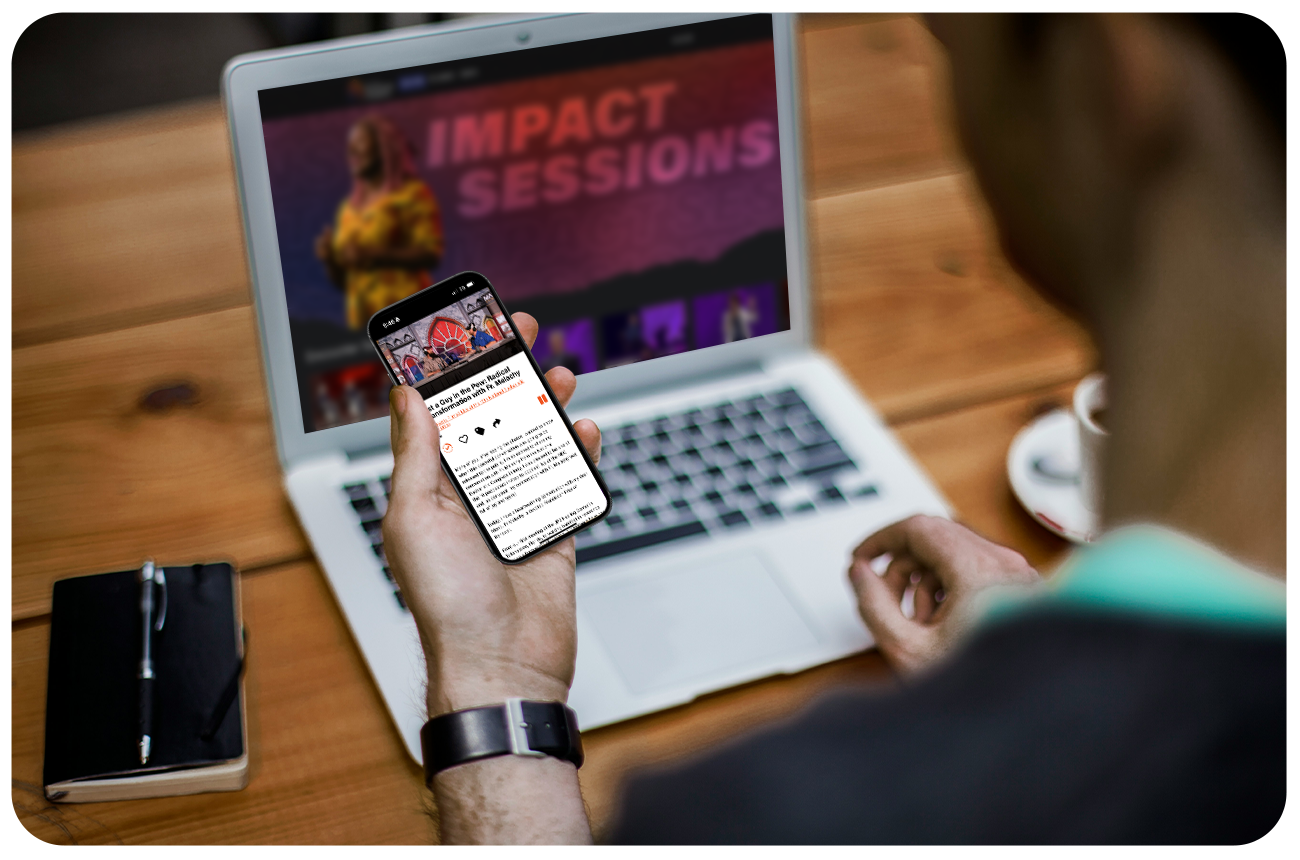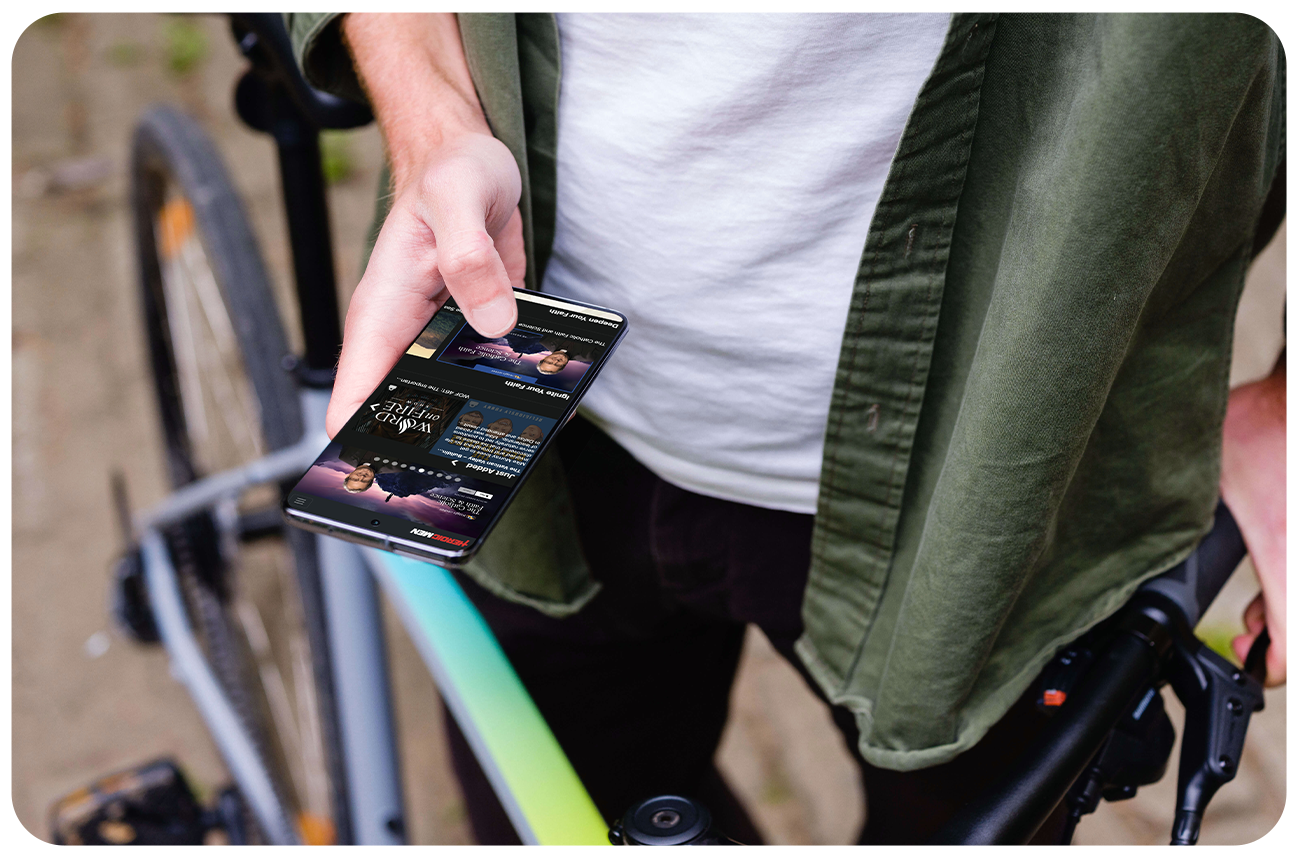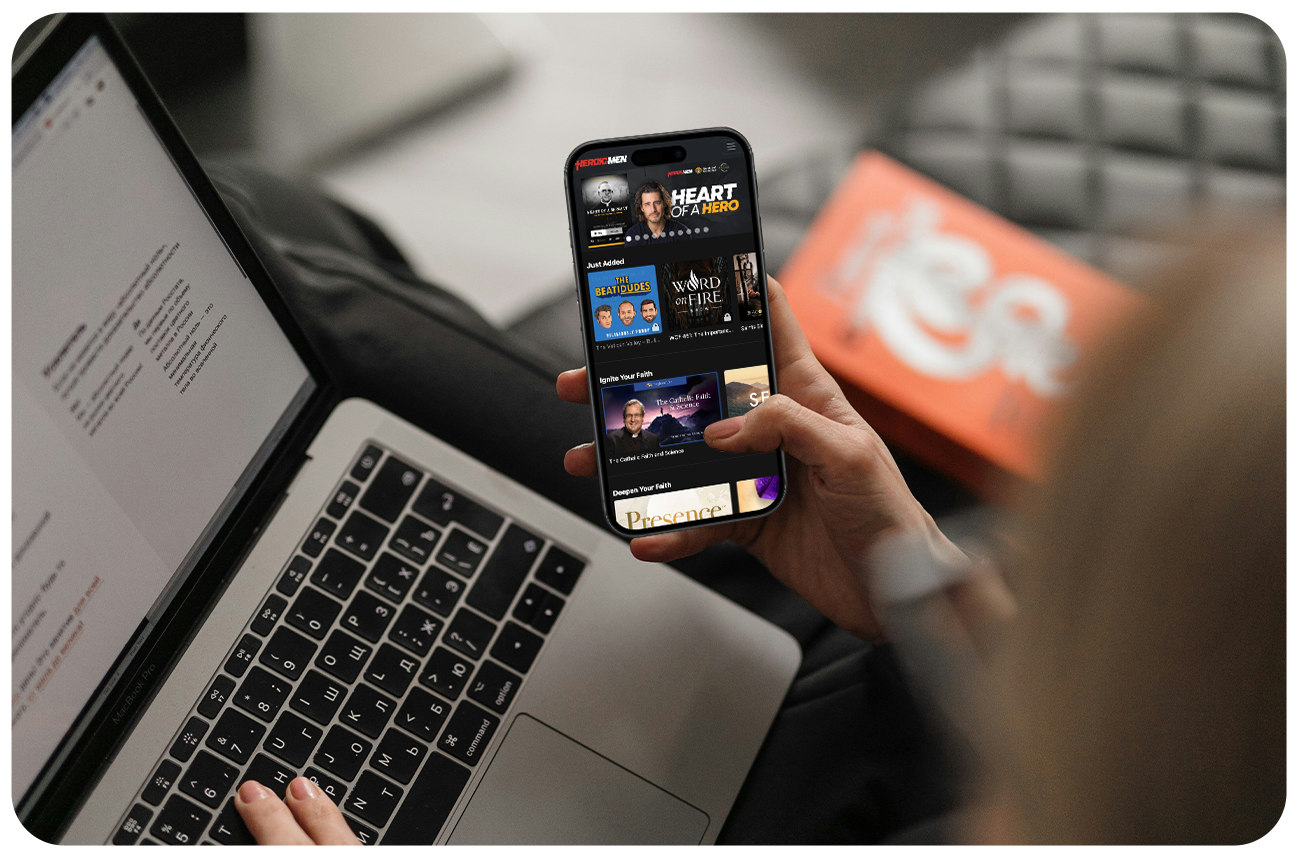
How to Collect and Use First-Party Data Without Creeping Out Your Users
Article Outline:
- What Counts as First-Party Data
- Why First-Party Data Isn’t Optional Anymore
- Where Is the Line Between Helpful and Creepy?
- Best Practices for Ethical Optimization
- How Annunciate Makes This Easy
- Make Your Data Work for You (Without Scaring Off Your Users)
Big Tech poisoned the well.
They took something useful—user data—and turned it into a creepy, profit-hungry mess. Every click, swipe, or pause became fuel for surveillance capitalism. It created an internet culture where personalization can cross the line into surveillance, and users assume any data you collect is a precursor to being followed around the internet by ads for socks they already bought.
So now, even when data is collected ethically, people expect the worst. And let’s be real—they have good reason to.
But here’s the thing: data isn’t the enemy. It’s a tool. It all comes down to who holds it and how they use it.
When you own your platform, you own your first-party data. That means you get the insights instead of Amazon. You get the relationship, not Vimeo. And you get to decide how and when to use that information.
If you’re using Annunciate—a white-label solution that gives you full access to your audience data—you already have that power. The question is: How do you use it responsibly? Not manipulatively. Not invasively. Not in a way that makes people feel like they need to clear their cookies and run. But in a way that earns trust instead of undermining it.
Here’s how to collect and use first-party data to actually serve your audience better without crossing the line into creepy territory.

First, Let’s Define What Counts as First-Party Data
No, it’s not shady cookie trails or buried disclaimers. First-party data is the information your users willingly provide or generate within your ecosystem. It includes:
- Email addresses and account profiles
- Content engagement data (views, listens, downloads)
- Purchase or donation history
- Behavioral patterns (when users engage, how often, where they drop off)
- Platform-specific data (device types, app version usage, etc.)
In other words, it’s the stuff that tells you what’s working, what’s not, and who’s paying attention. And it’s freely given to you directly by the user.
Big Tech hoards this information and sells it to the highest bidder. Annunciate keeps it with you, where it belongs.

Why First-Party Data Isn’t Optional Anymore
If you’re still depending on third-party data to make decisions, consider this your wake-up call. Apple and Google have been aggressively rolling out privacy restrictions since 2021. As of 2024, the death of third-party cookies is all but complete. Even Facebook’s targeting machine isn’t what it used to be.
What does that mean for content-forward organizations? It means if you don’t own the platform, you don’t own the audience. And if you don’t own the audience, you don’t get the data. That kills your ability to:
- Personalize content delivery
- Retain users
- Build effective marketing funnels
- Generate predictable revenue
With Annunciate, you’re not flying blind. You see real-time trends: what people are watching, listening to, buying, skipping, and coming back for. That kind of visibility lets you create experiences that feel personal without feeling invasive.
Now, let’s talk about how to use it right.

Where Is the Line Between Helpful and Creepy?
Let’s be real: If you’ve ever made a brand or content decision to increase engagement, boost retention, or drive conversions—you are shaping behavior. That’s not a bad thing. It’s just the truth.
But here’s where the line gets drawn. Ethical optimization is transparent, mutually beneficial, and centered on improving the user experience. Creepy manipulation is opaque, exploitative, and designed to benefit the brand at the user’s expense.
You cross the line when:
- You’re tracking more than users realize
- You personalize so aggressively it feels invasive
- You use dark patterns (design elements that trick people into actions)
- You collect data without any clear benefit for the user
You stay on the right side of that line when:
- You make opt-ins explicit and easy to manage
- You use data to elevate content, not just push products
- You respect user agency—no pressure, no traps
- You treat data like a relationship, not a revenue shortcut

Best Practices for Ethical Optimization
Owning your platform means you control the experience, but that control comes with responsibility. The good news? When you use data to make your content easier to find, more relevant, and genuinely useful, your audience won’t just tolerate it. They’ll appreciate it.
Here are seven best practices to use data in an ethical way that creates a more optimal experience for your audience.
1. Curate Smarter, Don’t Stalk Harder
You’re not building Minority Report, so there’s no need to predict your users’ every move. Instead, use what you learn about your audience to build trust.
Start with basic engagement signals. If 70% of your listeners are finishing a particular audio series, maybe that one gets bumped to the homepage. If users consistently return to a specific author, show, or format, elevate it in the UI.
Avoid the trap of personalization for personalization’s sake. Your job isn’t to spoon-feed every user a hyper-tailored homepage. Your job is to notice patterns and make helpful suggestions.
Try this:
- “Popular with Listeners Like You” playlists
- Subtle badges like “Most Replayed” or “Staff Favorite”
- Auto-sorting series or collections based on completion rates
When suggestions are helpful, people won’t mind that you utilize basic data to produce them.
2. Use Behavioral Data to Improve Content (Not Just Market It)
Here’s a reality check: If everyone drops off your 30-minute video at the 12-minute mark, it’s not a coincidence. It’s a verdict.
With Annunciate, you can see where users drop off, what they skip, and what they binge. That’s not just nice-to-know data—it’s actionable.
Use it to:
- Shorten future videos
- Break long content into digestible parts
- Remove low-performing intros
- Double down on high-retention topics or hosts
Data should sharpen your instincts, not override them. You’re still the curator. You’re just better informed now.
3. Segment Emails Like a Human
Email remains one of the best tools for re-engagement. But if you’re blasting the same newsletter to everyone, congratulations—you’re doing 2010-level marketing in a 2025 world.
Segmentation doesn’t mean creepily tracking every click. It means organizing your audience by interest or behavior and sending them things they actually care about.
Examples:
- Send new audiobook releases to users who finish audio content
- Highlight seasonal devotionals to people who open content around holidays
- Invite high-engagement users to beta test new features
Don’t overthink it. Even three to five meaningful segments can improve clickthroughs and conversions without feeling invasive.
4. Ask for Feedback (Yes, Directly)
Too many platforms treat user behavior like a Rorschach test. Instead of guessing, just ask.
Use in-app surveys, polls, or pop-ups to get real answers about what your audience wants more of—or less of.
Keep it simple:
- “Which types of content do you want to see more of?”
- “Was this series helpful to you?”
- “How would you rate your listening experience?”
You’ll get fewer answers than you want, but better ones than you expect.
Bonus: Asking shows respect. It signals that you value feedback more than clicks.
5. Give Users Something Back
Data collection is a two-way street. If you’re gathering insight, use it to benefit your audience, not just your metrics.
Ideas:
- Unlock bonus content for frequent users
- Send thank-you discounts or early access offers to top supporters
- Share personalized stats (“You listened to 14 hours this month!”) as a fun way to recap engagement
It doesn’t need to be transactional. It just needs to feel like a relationship.
6. Make Opt-Ins Crystal Clear
If you’re asking for an email address, permission to send notifications, or consent to collect engagement data, don’t bury it in legalese.
Be upfront about what your audience is opting into:
- Tell people what you’ll send
- Show them how often you’ll be sending
- Make it easy to adjust preferences
Transparency builds trust. And trust builds usage. Obscuring your intent might get you more emails in the short term, but it’ll tank your retention later.
7. Never Assume That More Data = Better Engagement
More data points don’t automatically create more loyalty. What matters is what you do with the information.
If you’re constantly trying to squeeze performance out of your users, they’ll feel it. But if you use data to make their experience smoother, cleaner, or more relevant, they’ll stay longer and engage more deeply. Respect scales.

How Annunciate Makes This Easy
Annunciate is a platform built for creators and organizations who want to serve, not surveil.
With every Annunciate package, you get access to:
- Real-time content performance dashboards
- Download, stream, and engagement metrics
- Search trends and user preferences
- Easy email capture and push notification tools
- Analytics by content type, device, and session time
And none of it gets sold to the highest bidder. It stays where it belongs: with you.
You get to serve your audience on your terms. They get a better, more intuitive experience. Nobody gets stalked by an ad for a devotional book they bought six months ago.
Bottom Line: Data Isn’t Creepy. Manipulation Is.
Collecting and using first-party data doesn’t have to feel like spying. When done well, it feels like hospitality. Like walking into your favorite coffee shop and having your usual order ready before you even ask.
Annunciate helps you get there with tools that are powerful enough for serious insights and respectful enough to keep your audience around.
Ready to make your data work for you (without scaring off your users)? Get in touch to schedule a demo of Annunciate. Let’s build something that will make your audience feel understood in a good way.


